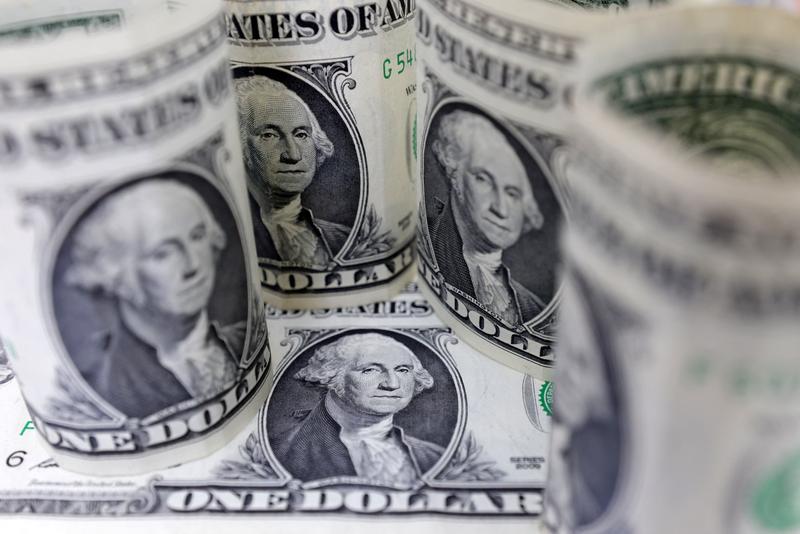4 Min Read
BENGALURU (Reuters) - U.S. Treasury yields will fall in coming months, though not as sharply as forecast previously, according to bond strategists polled by Reuters, who said for a fourth month running in even greater numbers that the 10-year note yield had peaked.
Those yield forecast upgrades came after news earlier this month of a ‘blowout’ third quarter for the U.S. economy and signs from Federal Reserve officials they will not be cutting the federal funds rate anytime soon.
The benchmark 10-year Treasury note yield breached the 5% mark last month for the first time since July 2007, more than a full percentage point above its August low of 3.96%.
Yields on 10-year notes have plunged since early October, in part on safe-haven buying on concerns the war Israel launched against Hamas after the Islamist Palestinian group’s Oct. 7 rampage into southern Israel could escalate.
Analysts and bond strategists in a Nov. 8-14 Reuters poll, mostly from sell-side firms, stuck to forecasts of declining yields, albeit less sharply than in polls conducted over the past three months.
The 10-year note yield was forecast to fall 10 basis points to 4.52%, from 4.62% currently, in three months according to the median of 44 strategists, only a fraction of the near-40 basis points falls over a rolling three-month time period in October and September surveys.
“I think 5% is an important psychological level that brings in buyers, and we could drift through that in response to perky inflation or strong labor market data,” said Thomas Simons, senior economist at Jefferies.
“However, I expect the data will take a turn for the worse by January, and more rate cuts will start to be priced in to the market, driving yields lower overall.”
The yield was expected to fall to 4.30% by end-April and to 4.00% a year from now, the poll found.
Notably, roughly one-third of respondents expected the yield to tread higher than current levels by end-January, with several big banks on Wall Street changing their views to forecast elevated yields in the near-term.
Yet, when asked whether the 10-year note yield had peaked in the current cycle, an overwhelming 94% majority of respondents, 30 of 32, said it had.
Forecasters were proved incorrect within days of predicting the very same thing in the three previous monthly Reuters polls.
“Why the bond market has been wrong a lot is because they thought the Fed would cut rates pretty aggressively. But, we need to see a hard landing for rates to fall significantly,” said Mike Sanders, head of fixed income at Madison Investments.
Although the timing of the first rate cut has been pushed to mid-2024 from March expected a few months ago, interest rate futures indicate almost 100 basis points of easing through December next year.
The bigger risk to that outlook was for the first rate cut to come later than economists expect, a separate Reuters poll found.
Asked what the main influence on U.S. bond yields would be over the coming six months, analysts were split between a deteriorating fiscal outlook and safe-haven trades.
Other options included quantitative tightening, foreign divestment and the near-term supply of auctioned Treasury debt.
The interest-rate sensitive 2-year Treasury note yield, currently at 5.04%, was expected to decline about 20 basis points by end-January, before falling to 4.00% in a year, according to the survey.
If realized, this would mean a complete reversal of the inverted spread between yields of U.S. 2-year and 10-year Treasury notes - historically a reliable indicator of impending recession - by end-October 2024.
Reporting by Sarupya Ganguly; Polling by Prerana Bhat, Purujit Arun, Anitta Sunil and Sujith Pai; Editing by Christina Fincher





